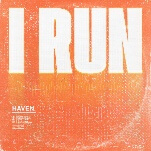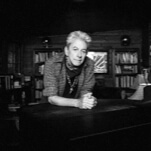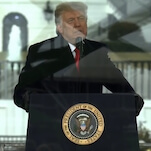Still, Henry Schlesinger’s book has its fascinations. Peopled with some usual suspects (Benjamin Franklin, Thomas Edison), The Battery also marches out characters as diverse as Harry Houdini (who dismissed radios as tools for fraudulent spiritualists), Hugo Gernsback (wireless enthusiast, founder of science fiction, and namesake of the Hugo Award), and Peter Roget (inadvertent patron of the telegraph and father of the thesaurus). Schlesinger uses passages from Melville, Flaubert, Shelley, and Hawthorne to illustrate how pervasive the buzz about electricity was even in literary circles. He drops in comical bits about early commercial pursuits—telegraphs installed in coffins to ease the “common fear” of being buried alive; the Electric Girl Lighting Company providing illuminated beauties to greet party guests—pointing to the mania that can accompany quick progress.
Yet the book spans almost 200 pages before the appearance of the Columbia Dry Cell, the closest cousin to today’s small cylinders made by the likes of Duracell and Energizer. Power sources like the lithium-ion batteries that power most of our phones and laptops become almost an afterthought in the final pages, with Schlesinger even noting that battery technology has largely remained the same even in light of the boom in demand for portability.
In the final chapter, he notes, “Battery life in our increasingly portable world has become a competitive issue.” So in the end, The Battery practically reverses its own thesis, recognizing that technology is now sparking a much-needed revolution in portable power, not the other way around. In an author’s note, Schlesinger goes so far as to apologize for battery applications that have been “touched on lightly” in the previous pages for lack of space. The Battery is quick, readable, and often entertaining, but readers still may end up wondering how they took it all in without having to recharge their Kindles even once.









































